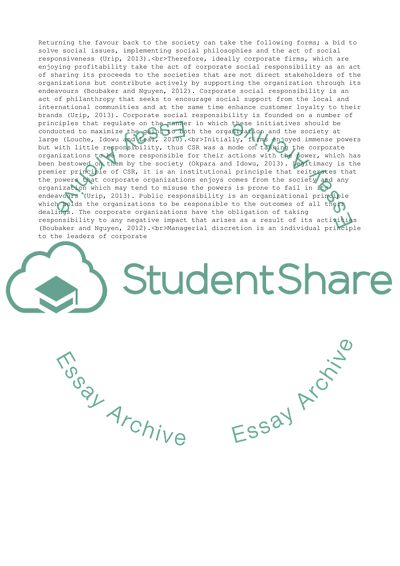Cite this document
(Contemporary issues Essay Example | Topics and Well Written Essays - 2750 words, n.d.)
Contemporary issues Essay Example | Topics and Well Written Essays - 2750 words. https://studentshare.org/management/1845426-contemporary-issues
Contemporary issues Essay Example | Topics and Well Written Essays - 2750 words. https://studentshare.org/management/1845426-contemporary-issues
(Contemporary Issues Essay Example | Topics and Well Written Essays - 2750 Words)
Contemporary Issues Essay Example | Topics and Well Written Essays - 2750 Words. https://studentshare.org/management/1845426-contemporary-issues.
Contemporary Issues Essay Example | Topics and Well Written Essays - 2750 Words. https://studentshare.org/management/1845426-contemporary-issues.
“Contemporary Issues Essay Example | Topics and Well Written Essays - 2750 Words”. https://studentshare.org/management/1845426-contemporary-issues.


